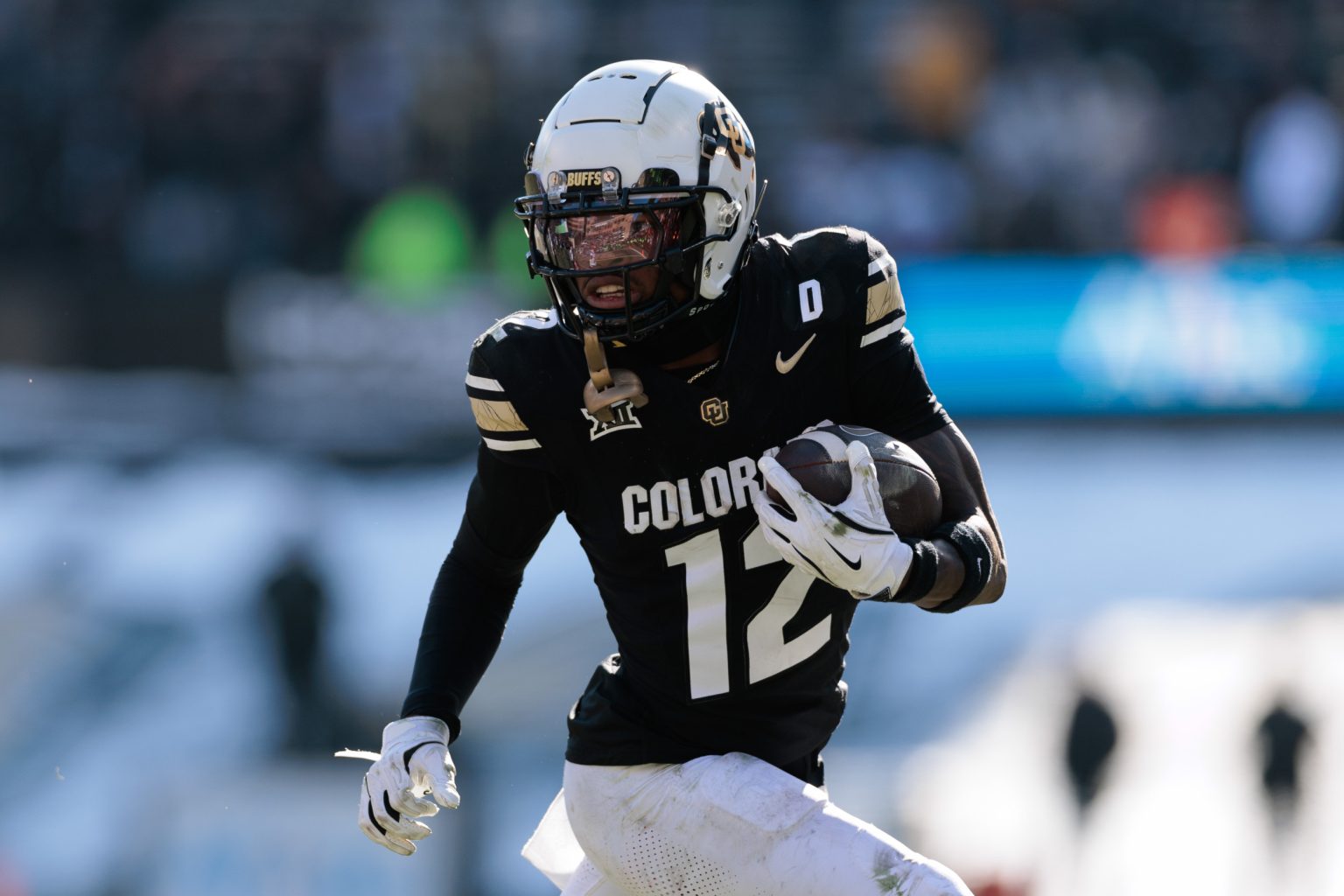The landscape of college football has undergone a dramatic transformation in recent years, driven primarily by the influx of Name, Image, and Likeness (NIL) money. The top-tier teams, particularly those contending for playoff spots, now boast rosters worth millions, creating a financial hierarchy that mirrors the on-field competition. This new era, dubbed the “wild, wild West” by some, has led to concerns about competitive balance and the long-term sustainability of college athletics. The concentration of wealth within a select group of schools, fueled by collectives and wealthy boosters, raises questions about fairness and access for smaller programs. While some celebrate the opportunities NIL provides for student-athletes, others worry about the potential for exploitation and the widening gap between the haves and have-nots.
The 2024 college football season showcased the impact of NIL money on the sport. The twelve playoff teams boasted rosters collectively valued at an estimated $150 million, demonstrating the financial muscle required to compete at the highest level. This financial disparity is evident in the success of schools with established collectives and robust booster networks. These institutions have been able to leverage their resources to attract top talent, further solidifying their dominance. The emergence of NIL collectives, groups of donors pooling resources to support their chosen programs, has played a significant role in this financial arms race. These collectives have become key players in recruiting and retaining athletes, often offering lucrative deals that rival professional contracts.
The influence of NIL has also spurred conference realignment, as schools seek access to more lucrative media deals and stronger competition. The movement of traditional powers like Texas and Oklahoma to the SEC, and the fracturing of the Pac-12, highlight the pursuit of financial stability and competitive advantage. These shifts reshape the college football landscape and create new power dynamics, as schools jockey for position in the evolving hierarchy. The pursuit of financial security and competitive relevance has driven these decisions, reflecting the changing priorities of college athletic programs in the NIL era.
The financial disparities within college sports are not limited to football. While football generates significant revenue, other sports, particularly Olympic sports, face financial challenges. The concentration of NIL money in football raises concerns about the future of these less-profitable programs. Coaches and administrators worry about the sustainability of Olympic sports in an environment where football dominates the financial landscape. The disparity in resources creates an uneven playing field and raises questions about the long-term health of college athletics as a whole.
While NIL has empowered student-athletes to profit from their talents, it has also raised ethical questions. The recruitment of high school athletes with substantial NIL deals before they even step foot on a college campus has sparked debate. Critics argue that this practice creates an uneven playing field and potentially exploits young athletes. The lack of uniform regulations surrounding NIL has led to a fragmented system, with each state implementing its own rules, creating further confusion and potential for abuse. This lack of consistency underscores the need for federal intervention to establish a level playing field and protect student-athletes.
The evolving landscape of college football has created both opportunities and challenges. While NIL empowers athletes and generates revenue, it also raises concerns about competitive balance and the long-term health of the sport. The concentration of wealth in a select group of schools, fueled by collectives and wealthy boosters, has created a financial arms race that could reshape the future of college athletics. The debate over NIL regulations and the need for a more equitable system continues, as stakeholders grapple with the complexities of this new era in college sports. The future of college football hinges on finding a balance between empowering athletes and ensuring a fair and sustainable competitive environment.

